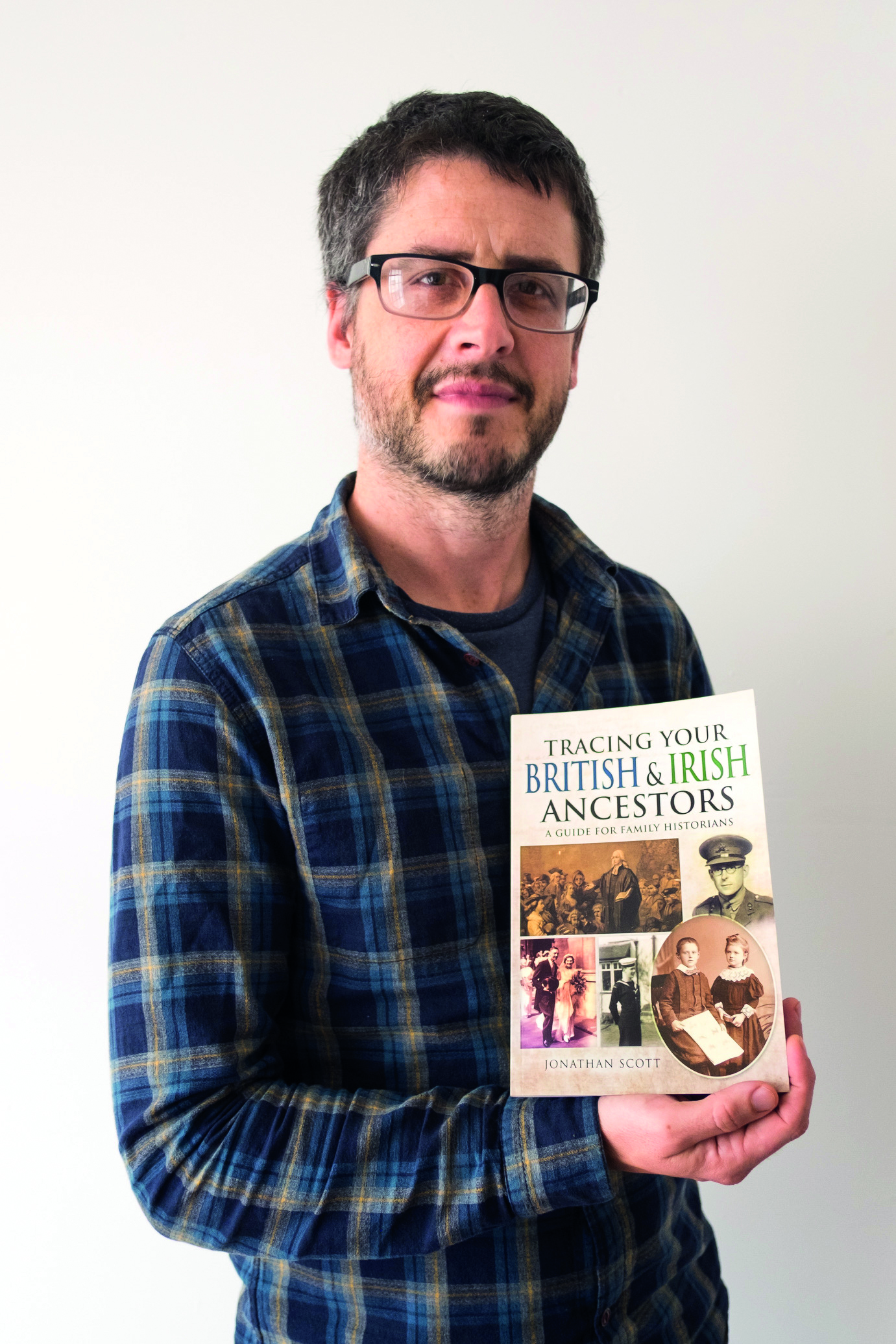Except for agricultural labourer, domestic servant was the most common occupation recorded in the 1851 census.
Two decades later it took the top spot, with a servant population of 1,237,149.
The fame of some servants far exceeds the profession’s ostensible status.
For example, Bridget Holmes was the ‘necessary woman’ who scrubbed royal chamberpots through the rein of five Stuart monarchs.
Mohammed Abdul Karim, ‘the Munshi’, attended Queen Victoria for the last 14 years of her reign.
However, the life of the domestic servant was tough.
A footman at Londonderry House in Mayfair once wore a pedometer during the London Season.
In one day he walked 18 miles without even leaving the house.
Here we’ve listed rare primary sources, as well as resources to help research domestic conventions and hierarchy.
In general the greater the wealth of the employer, the more likely you are to find records.
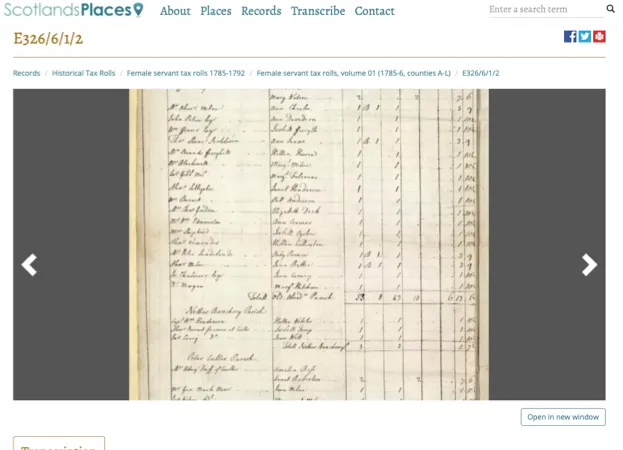
Taxes were levied on Scottish households employing male and female servants from 1777 and 1785 respectively. The schedules are organised by county, then parish, then household – with separate volumes for royal burghs. The name of the person liable for the tax is listed, and usually the name and designation of each servant. The tax rolls available via this free resource record almost 15,000 servants in 1785. The 10,207 women worked mostly in towns as household servants. The 4,158 men worked in rural areas as butlers, gardeners and coachmen.
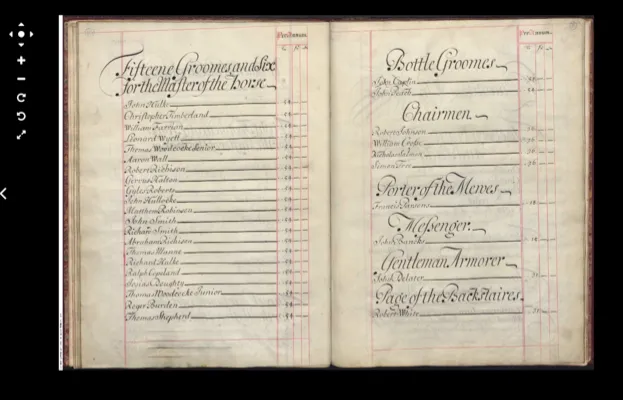
The Royal Archives located at Windsor Castle preserves documents relating to the monarchy stretching back centuries. The archive project Georgian Papers Online provides access to descriptions and digital images of letters, diaries, account books and records of the Royal Household. And via this Findmypast collection you can search more than 386,000 employment records, which include staff at royal residences across the UK between 1526 and 1924. The database is drawn from a number of different types of document, but records usually include dates of employment, salary and career history.
3. The Duties of Servants
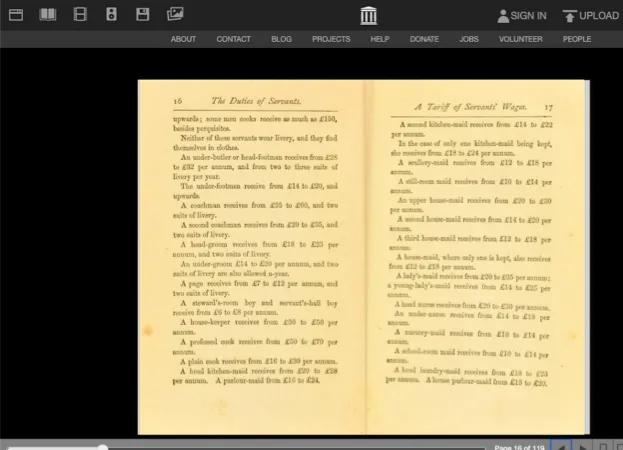
This short volume from 1890 gives a succinct idea of the duties and traditions of life below stairs. From smaller middle-class households employing one individual, to vast estates with many hundreds, this book was written with the head of household in mind. It describes conventions of engagement, dismissal and pay before chapters detailing the standard duties of butlers, footmen, manservants, page boys, dairy maids, head nurses, lady’s and parlour maids, plus the cooks, gardeners and gamekeepers.
4. The Bristol Registers of Servants
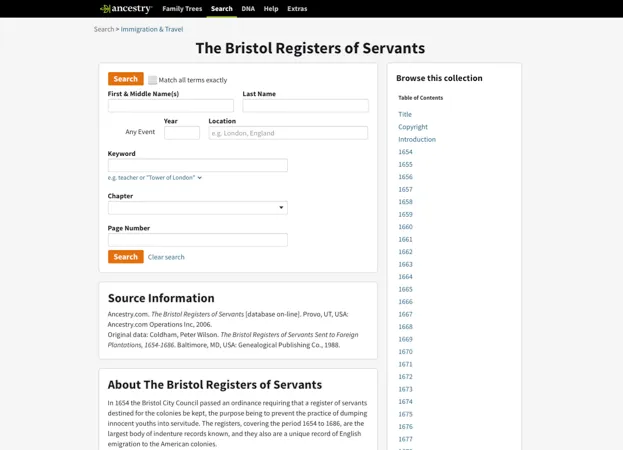
In 1654 Bristol’s governing council began keeping a register of indentured servants destined for the colonies, to prevent children being forced into transportation and servitude. The registers cover 1654–1686, and contain about 10,000 individuals, almost all from the West Country, West Midlands or Wales. Most entries give the name of the servant, place of origin (until 1661), length of service, destination (which was usually Virginia, Maryland or the West Indies), the name of the master, and (after 1670) the name of the ship that they travelled on. Four indexes are included, one each for servants, masters, places of origin, and ships.
5. Expert's choice: The British Newspaper Archive
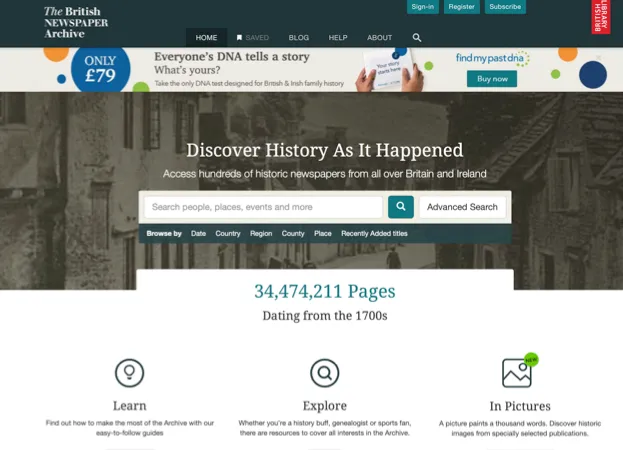
Chosen by Michelle Higgs, author of Tracing Your Servant Ancestors and Servants' Stories:
"Since specific servant-related records are few and far between, you need to turn to more general sources to find out about the working lives of ancestors in domestic service.
"My favourite website for this is the British Newspaper Archive, where you can browse and search back issues of hundreds of local and national newspapers.
"Pro members of Findmypast can access the same newspapers.
"You can look for specific newspapers covering the area your forebear worked in, and the same period in time.
'It’s always worth searching for your ancestor’s name.
"If that fails, try inputting the search terms ‘servant’, ‘domestic servant’, ‘maid’, ‘domestic service’ or particular occupations within the industry, such as ‘cook’ or ‘laundry maid’.
"The ‘Situations Vacant’ and ‘Situations Wanted’ columns should give you an idea of the kinds of jobs that were available in that particular area, and the pay they offered.
"There are frequent reports of incidents and criminal cases in which servants were victims, witnesses or perpetrators.
"For those who worked in gentlemen’s service in country houses, obituaries of long-serving members of staff can often be found, as well as details of bequests for servants in employers’ wills.
"Finally, newspapers’ correspondence columns were the only place where servants could air their grievances about overwork and mistreatment by employers in public.
"These letters make fascinating reading, with the servants’ voices ringing out loud and clear."
Go further
Explore digitised accounts of a late 18th-century Cheshire country house.
7. Chatsworth
Find out more about the Devonshire Collection Archives at Chatsworth in Derbyshire.
This 1901 book by a US historian, available from the Internet Archive, has a chapter on Europe.
This National Records of Scotland guide covers records such as rent rolls and leases.
10. Family and Estate Collections
The page describes Nottingham University’s family and estate collections.
11. Landed Estates
This guide from The National Archives explains the records generated by rich families.
12. Lives and Livelihoods in Conisbrough Manor
Search court rolls from one of Yorkshire’s most important royal manors.
13. National Trust Collections
Try searches such as ‘maid’ or ‘butler’ to explore more than 200 National Trust collections.
This fully indexed website is built around the vast Leveson-Gower family archive, from the 16th century to the middle of the 20th.
